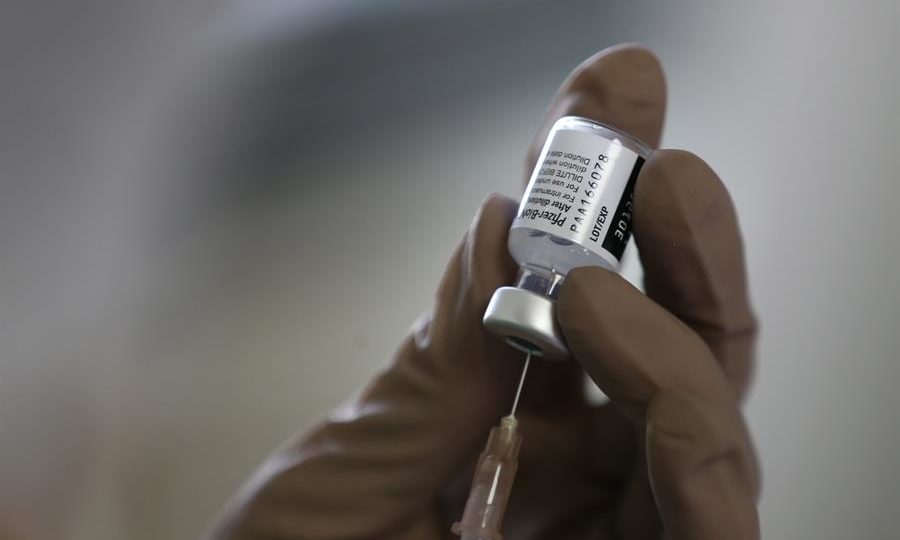
- The vaccine candidate is applied to a small number of young and healthy volunteers, to assess whether there are risks with great effect, whether it generates antibodies (immunogenicity), and what is the dosage better.
- The government of China says it has vaccinated
% of its population against COVID-
with old technology vaccine of the Coronavac type, from Sinovac and Sinopharm. The country has refused Western mRNA vaccines, but is developing its own vaccine with this technology through the Academy of Military Medical Sciences, part of the Chinese army, and Suzhou Abogen Biosciences and Walvax Biotechnology. The vaccine, called ARCoV, comes on the heels of a recognition that the omicron variant breaks the protection afforded by Coronavac. It is in phase III of testing.
It was agreed to separate the development of vaccines in four phases:
Applies in hundreds of volunteers to continue evaluating safety and immunogenicity, focus is given to groups that are most at risk if they catch the disease for which the vaccine may offer protection. This phase can involve many different studies.
)The sample is expanded to thousands of volunteers, usually in different locations or countries, to investigate whether the effects discovered in the previous phases are maintained in different contexts and for different groups.
This phase is not mentioned by the World Health Organization, but it would be the application of the vaccine in millions of people. people and a continuation of the evaluation of efficacy and adverse effects, especially the rarer ones that did not appear in the smaller samples of the previous phases.
In all phases, especially the second in Onwards, in addition to the experimental group that receives the vaccine, there must also be a group that receives placebo (some alternative substance considered innocuous) and a control group (that receives nothing). The researchers and patients themselves, ideally, do not know who is receiving the vaccine or placebo, to avoid bias. Upon completion of phase III tests, this anonymization may be removed.
Only the RBD
ARCoV uses the molecular message that instructs human cells to produce a piece of the surface protein S of the virus known as RBD, an acronym for “receptor binding domain”. It is the crucial region that functions as a key to unlock the cell’s lock (the receptor) and allow the virus to enter and reproduce. Protein S is the same as used in Comirnaty, by Pfizer-BioNTech.
- )At the end of January, Walvax announced that it had recruited 03 thousand participants for phase III. His vice president, Huang Zhen, told Reuters that the company has the capacity to produce 372 million doses, and that it plans to expand that production. Suzhou Abogen founding scientist Ying Bo told investors that ARCoV fared better in phase III patient fever compared to previous phases. Investor reassurance is needed as ARCoV at the dose chosen for phase III caused severe fever in 30% of phase I participants. Suzhou Abogen developed its own lipid nanoparticle to harbor the mRNA, rather than using the same one in Pfizer and Moderna vaccines. Phase I results were reported in the journal Microbe, from the journal group The Lancet.
Following the cancellation in Nepal, ARCoV continues to be tested in China, Mexico, Malaysia and Indonesia. Colombia, Pakistan and Turkey are on the list of countries considered for future testing. The immunizer can be kept at room temperature for a week and between two and eight degrees centigrade for six months. Its effectiveness must wait for the completion of phase III to be properly estimated.
Relationship with the Chinese government
Australia cited this law to keep the Chinese tech company Huawei away from implementing 5G in the country. There is some flexibility and the autocratic government would not be able to interfere in all companies even if it wanted to. However, when it comes to pharmaceutical companies producing immunizations for a global pandemic, this is hardly the case.


